Everything You Need to Know About Becoming a Pilot | Complete Guide
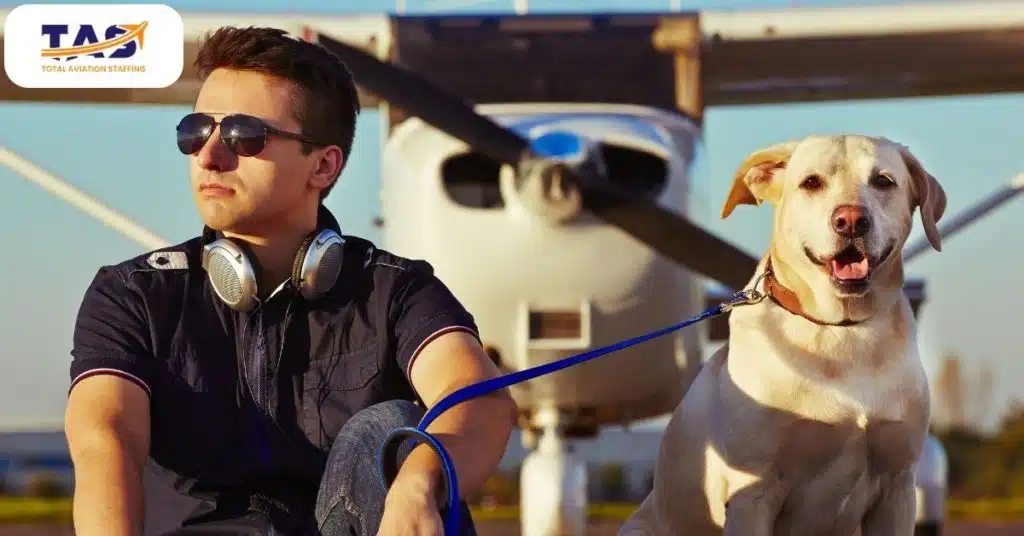
Are you wondering how to become a pilot and take to the skies? Becoming a pilot is an incredibly rewarding journey, offering unforgettable experiences in the sky. Whether you want to explore the world from above or make it your career, our complete guide covers everything you need to know about becoming a pilot. You’ll learn how long it takes, how much it costs, how to find a flight school and more. So get ready for take-off and get all the information you need to make your dreams of becoming a pilot come true!
What Does It Take To Become a Pilot?
Have you ever dreamed of taking to the skies and piloting your own aircraft? If so, you’re not alone. For many people, the thought of becoming a pilot is an exciting one. But what does it actually take to become a pilot?
First and foremost, you’ll need to obtain a pilot’s license from the Federal Aviation Administration (FAA). To do this, you’ll need to complete a number of steps, including passing a written exam, completing a flight training program, and passing a practical test. Once you have your license, you’ll be able to start flying solo.
Of course, obtaining a pilot’s license is just the first step. To be a successful pilot, you’ll also need to keep your skills sharp by staying up-to-date on new procedures and technologies. You’ll also need to be in good physical shape, as flying can be taxing on the body. And last but not least, you must be able to remain calm and level-headed in challenging situations.
So, if you’re thinking about becoming a pilot, remember that it takes more than just a desire to fly. It takes dedication, hard work, and a willingness to continually learn and grow. But if you have what it takes, there’s no doubt that becoming a pilot can be an incredibly rewarding experience.

What Are the Requirements for Becoming a Pilot?
Becoming a pilot is a dream for many people, but it’s not something that can be achieved overnight. It requires dedication, hard work, and knowledge of aviation regulations. In order to become a pilot, you must meet certain requirements set forth by the Federal Aviation Administration (FAA). Here is what you need to know:
1. Obtain a Second-Class Medical Certificate
2. Pass the FAA Written Exam
3. Complete a Flight Training Program
4. Accrue Flight Time as a Student Pilot
5. Pass a Practical Test to Earn Your Private Pilot License
By following these steps, you can become a licensed pilot. However, this is just the beginning. To remain a proficient pilot, you must continually stay up-to-date on new regulations and technologies and continue to hone your skills.

How Much Does It Cost to Become a Pilot?
Pilots are in high demand these days, and there are many different ways to become one. The most common way is to attend an aviation school, which can be either public or private.
The cost of attending an aviation school varies depending on the school and the program, but it typically ranges from $20,000 to $50,000. The length of time it takes to become a pilot also varies depending on the type of program.
Most programs take between two and four years to complete. Once you have your license, you can start working as a pilot for an airline or other flying service. The average salary for a pilot is $100,000 per year.
So, if you’re looking for a high-paying career that is in high demand, becoming a pilot is a great option!
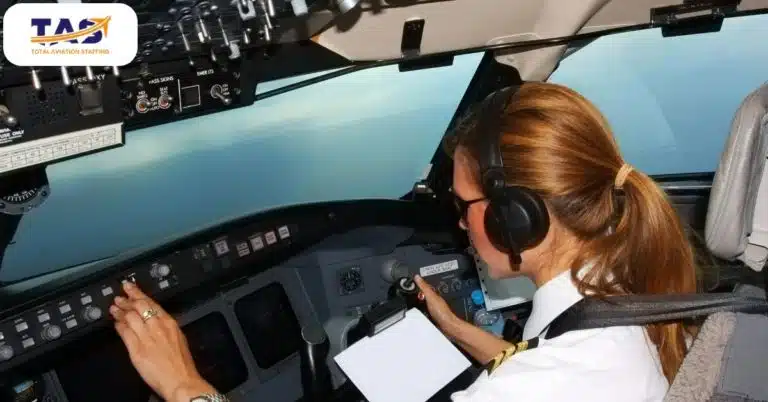
What Is the Process of Becoming a Pilot?
Becoming a pilot is a process that requires both training and certification. Individuals who are interested in becoming pilots must first complete a training program at an accredited flight school.
During this training, students will learn how to fly both solos and with an instructor. Once they have completed their training, students must then take a written exam and a practical test in order to earn their pilot’s license.
After becoming licensed, pilots must then undergo regular check-ups and training in order to maintain their certification. While the process of becoming a pilot may seem daunting, it is ultimately rewarding and can open up a world of new opportunities.
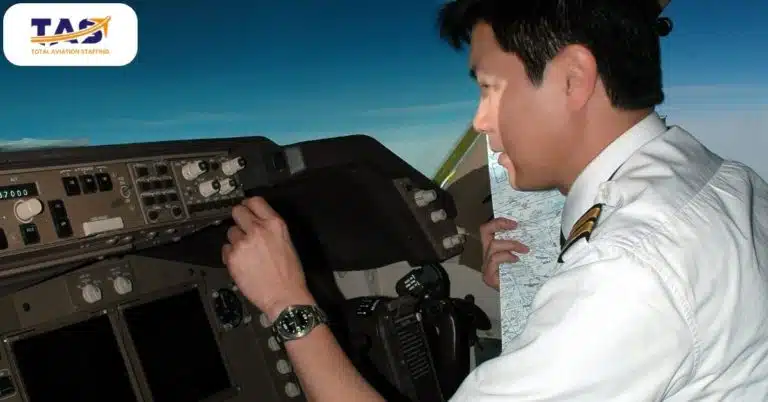
What Are the Benefits of Becoming a Pilot?
Most people have dreamed of becoming a pilot at some point in their lives. After all, what could be more exciting than taking to the skies and exploring the world from a bird’s eye view? While becoming a pilot takes hard work and dedication, it can be an incredibly rewarding experience. Here are just a few of the many benefits of becoming a pilot:
One of the most obvious benefits of becoming a pilot is that it allows you to travel. Not only will you be able to see new places, but you’ll also have the opportunity to fly to them. Pilots often have access to discounted airfare, which means you can explore the world without breaking the bank.
Becoming a pilot also gives you a sense of accomplishment. It takes years of training and practice to earn your pilot’s license, so achieving this goal is something you can really be proud of. In addition, as a pilot, you’ll be responsible for the safety of yourself and your passengers. This can be a weighty responsibility, but it’s also an incredibly rewarding one.
Finally, being a pilot can be simply fun. Whether you’re flying Solo or with a group of friends, there’s nothing quite like the feeling of taking off into the great blue yonder. If you’re looking for an exciting and fulfilling career, becoming a pilot is definitely worth considering.
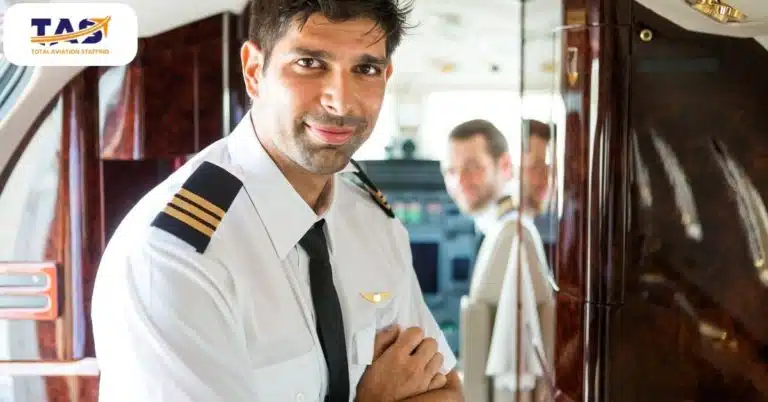
What Type of Courses or Training Programs Do Pilots Need to Take?
Anyone who has ever dreamed of taking to the skies has probably wondered how to become a pilot. While it may seem like a daunting task, becoming a pilot is actually within reach for many people. To begin, it is important to understand what type of courses or training programs pilots need to take.
Most aspiring pilots start their journey by attending an accredited aviation school and completing the required coursework. This typically includes aerodynamics, aircraft systems, navigation, safety and flight operations, rules of the sky, and human factors in aviation. Depending on the type of pilot license sought, additional courses may be required.
Once the coursework is completed, prospective pilots must then take and pass written exams, practical tests, and flight check rides in order to receive their pilot’s license. Following these steps will help ensure that pilots are prepared for the challenges and responsibilities of flying. With the right training and dedication, anyone can learn how to become a pilot and enjoy the freedom of the open sky.

What Are the Career Paths Available for a Pilot?
Once you obtain your pilot’s license, the sky is literally the limit when it comes to the career paths available. Pilots can find employment in a variety of professional settings such as corporate aviation, commercial airlines, private charter services, and even the military.
Most pilots begin their careers by landing positions with regional or cargo airlines. This provides a good foundation in aviation, as well as experience in different types of aircraft. From there, pilots can climb the ladder and land higher-paying positions with larger companies or government agencies.
Of course, many pilots also choose to pursue careers in fields such as flight instruction or aerial photography. Working as a flight instructor is an especially rewarding job, as it gives pilots the opportunity to share their knowledge and experience with aspiring aviators.
No matter which path you choose, becoming a pilot can provide an exciting and rewarding career. With dedication and hard work, it is possible to take your dreams of flight to new heights.

How Long Does It Typically Take To Become a Pilot?
There is no one-size-fits-all answer to the question of how long it takes to become a pilot. The amount of time it will take you to obtain your pilot’s license will depend on a number of factors, including your prior flying experience, the type of training you receive, and how often you’re able to fly.
With that said, most people who are serious about becoming a pilot can expect to earn their license within one to two years. While this may seem like a long time, keep in mind that becoming a pilot requires a significant investment of time and money.
In addition to the hours, you’ll spend in the air, you’ll also need to complete ground school courses on topics like aerodynamics, weather, and navigation. But for many people, the rewards of becoming a pilot far outweigh the challenges.
So if you’re passionate about aviation and willing to put in the work, there’s no reason why you can’t achieve your dream of taking to the skies.

Can I Still Become a Pilot if I Have Poor Vision?
Yes, it is still possible to become a pilot if you have poor vision. In fact, most prospective pilots with vision problems can obtain their pilot’s license as long as they meet certain criteria and pass the necessary tests.
For instance, the Federal Aviation Administration (FAA) requires that pilots have 20/40 or better visual acuity in both eyes, with or without corrective lenses. That said, applicants may be able to qualify for special issuance of a third-class medical certificate if their vision cannot be corrected to 20/40 or better.
In addition, pilots must meet certain requirements regarding the ability to detect color. For example, candidates must have normal trichromatic color vision and be able to recognize the colors of traffic lights. If these requirements are met, pilots with poor vision can still pursue a career in aviation.
Becoming a pilot is an exciting journey that requires hard work and dedication. With the proper training and support, it’s possible for anyone to take to the skies and experience the joy and freedom of the open sky.

What Is the Average Salary of a Pilot?
The average salary of a pilot depends on the type of job they have and their level of experience. Generally speaking, pilots at regional airlines typically earn less than those working for larger companies or military organizations.
According to PayScale, the median salary for commercial airline pilots is $140,000 per year. Corporate pilots tend to earn more than this, with an average salary of $181,000 per year. Meanwhile, military pilots typically earn the highest salaries, ranging from $80,000 to over $200,000 annually.
In addition to their base salary, many pilots receive bonuses or other forms of compensation. For instance, some employers may offer incentives such as travel benefits and incentive pay for hours flown.
Ultimately, the amount of money you can earn as a pilot depends on your employer and your level of experience. With dedication and hard work, it’s possible to achieve a high-paying career in aviation.

What Type of Lifestyle Do Pilots Typically Have?
Flight schools typically offer two types of training: private and commercial. The amount of training required to become a pilot varies depending on the type of license you wish to obtain. A private pilot’s license requires a minimum of 40 hours of flight time, while a commercial pilot’s license requires a minimum of 250 hours.
However, most pilots require significantly more training than the minimum in order to feel confident and competent in the air. In addition to flight time, pilots must also complete ground school, which covers topics such as aircraft systems, meteorology, and aviation regulations.
Pilots typically work on a contract basis, which means they are only paid for the time they spend flying. This can be a very demanding job, as pilots may be required to fly long hours with little rest. As a result, pilots must be able to maintain their focus and stay Alert even when fatigued. In addition, working irregular hours can make it difficult to maintain a consistent sleep schedule.
For these reasons, it is important that pilots develop healthy habits and lifestyles in order to be successful in this career. Some pilots find that meditation or yoga helps them to stay calm and focused during flights, while others make sure to get regular exercise and eat healthy meals to maintain their energy levels. By taking care of their physical and mental health, pilots can help ensure that they are always ready for their next flight.
.webp)
What Is the Job Outlook for Pilots?
The job outlook for pilots is positive. The Bureau of Labor Statistics projects that the number of pilot jobs will increase by 4% from 2018 to 2028, which is slightly faster than the average growth rate for all occupations.
This increase in demand can be attributed largely to the growth of the airline industry and an aging population of pilots nearing retirement. This means that, with the right training and experience, there are plenty of opportunities for aspiring pilots to find meaningful work in the aviation industry.
Overall, becoming a pilot can be an incredibly rewarding career path if you are willing to put in the time and effort required. With dedication and hard work, it is possible to achieve a high-paying career in aviation. So if you dream of flying with the birds and exploring new frontiers, start planning how to become a pilot today!

Are There Any Other Specialties I Can Pursue as a Pilot?
Yes! In addition to becoming a commercial or corporate pilot, there are many other specialty areas you can pursue. Some of these include agricultural flight operators, air ambulance pilots, air tour pilots, charter pilots, and bush pilots.
Each of these specialties requires its own unique set of skills and qualifications. For instance, bush pilots typically need to be familiar with the terrain and conditions of remote areas, whereas air ambulance pilots must have extensive medical knowledge in order to provide emergency care.
Aspiring pilots should research all of their options before deciding which specialty is right for them. With the right training and experience, it’s possible to make a successful career out of any of these paths. Remember to follow your dreams up in the sky! That’s how to become a pilot.

How Can I Stay Up-To-Date on Industry Regulations and Best Practices?
It is important for pilots to stay up-to-date on the latest industry regulations and best practices. This can be done through online courses and seminars, as well as by taking part in safety programs offered by aviation organizations. In addition, many airports offer workshops and lectures that can help pilots stay up-to-date on how to become a pilot.
Finally, it is important for pilots to keep abreast of changes in their local airspace and regulations. To do this, they can regularly consult charts and bulletins from the Federal Aviation Administration (FAA).
By following all of these steps, pilots can help ensure that they are always prepared for every flight. Becoming a pilot can be an incredibly rewarding career path, but it is important to know how to become a pilot before embarking on this journey.
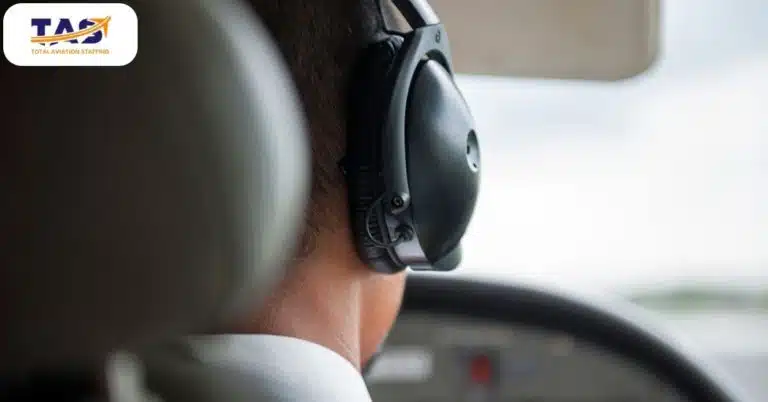
In conclusion
Becoming a pilot is an exciting career opportunity that requires dedication and hard work. It is important to stay up-to-date on the latest industry regulations and best practices in order to be successful. Additionally, pilots should take steps to ensure their physical and mental health so they can always be ready for their next flight. With the right training and experience, anyone can achieve a fulfilling career in aviation! You can reach the skies if you take all the right steps. So if you’re dreaming of soaring the skies, start planning how to become a pilot today!
